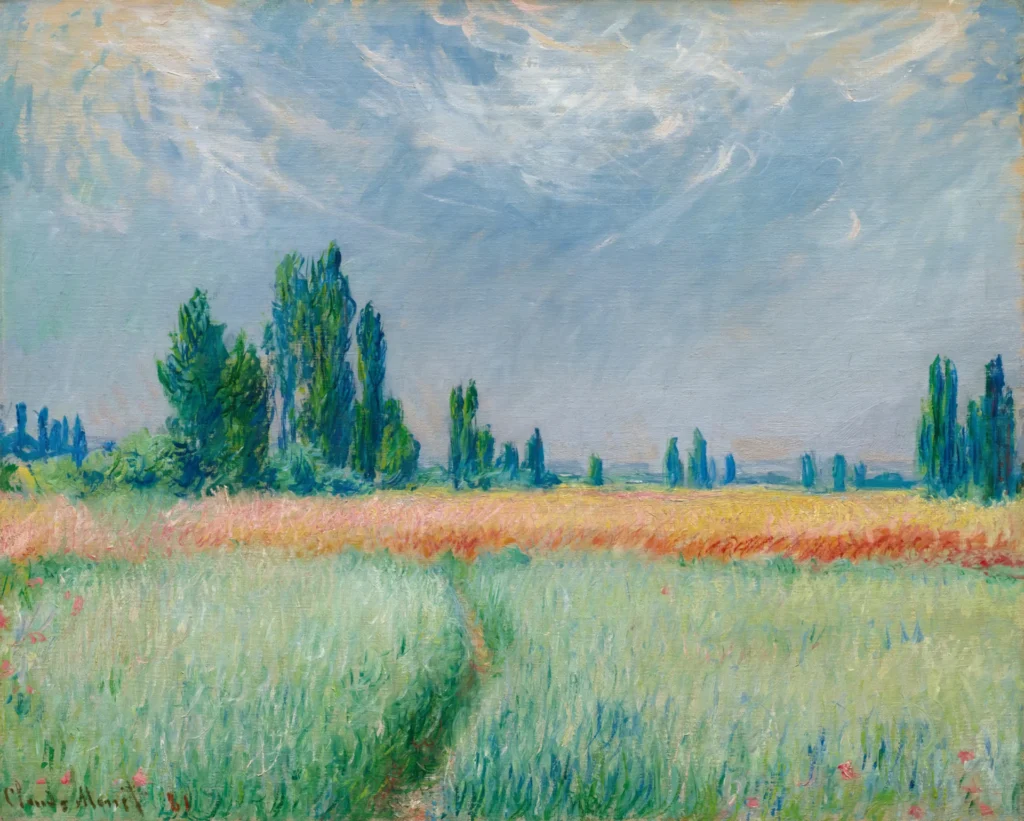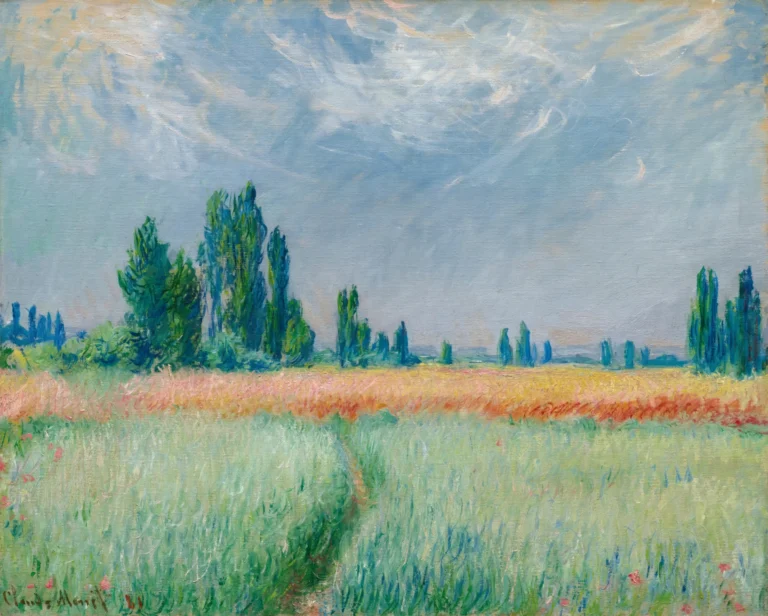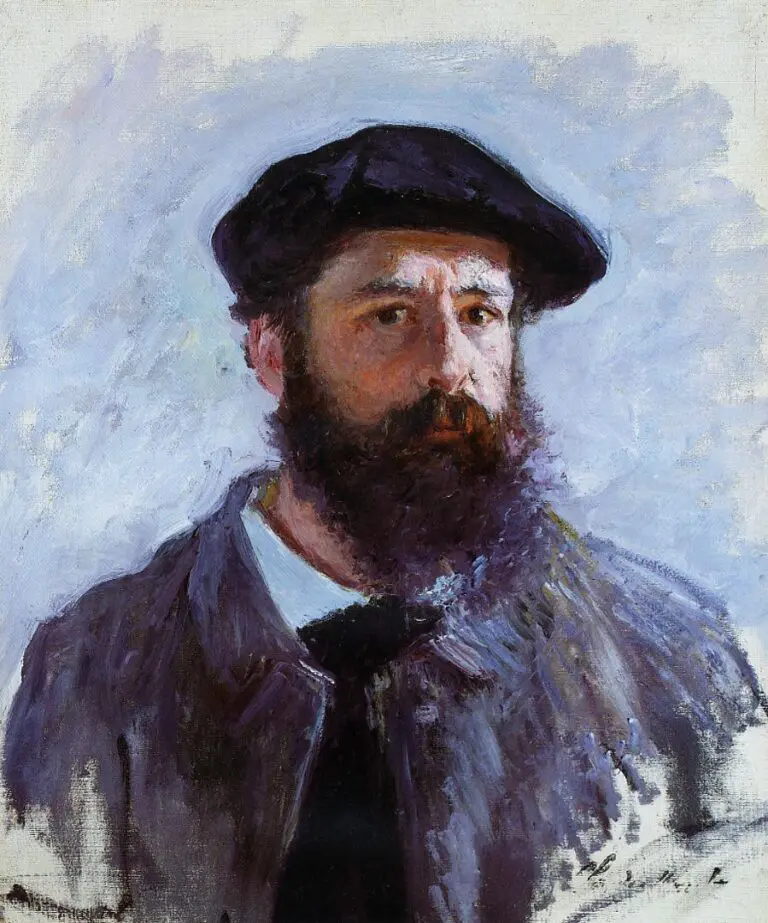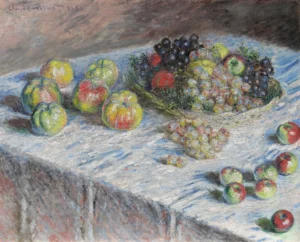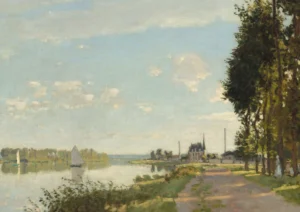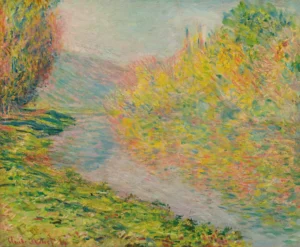Wheat Field (1881)
Created in 1881, Champ de blé (Wheat Field) is a stunning Impressionist work by Claude Monet, featuring a lush wheat field set against a dynamic sky filled with cirrus clouds. Painted from the picturesque location of Vétheuil, France, it highlights Monet's unique use of light and color, with poplar trees framing the serene scene. The painting has evolved through ownership, reflecting its significance, and was notably sold at auction for millions, showcasing its high monetary and artistic value.
Year 1881
About the Artwork
Claude Monet painted Champ de blé during a period of artistic growth in his career, embracing the Impressionist movement's principles of capturing light and atmosphere. This artwork, completed in Vétheuil, serves not only as a visual representation of a serene wheat field but also as a significant glimpse into Monet's exploration of color and the changing effects of light on a landscape. The painting's journey through various collectors, culminating in its sale at Sotheby's for a notable sum, underscores its enduring appeal and the recognition of Monet's pivotal role in shaping modern art.
Did You Know
Monet was known for his deep connection to nature, often painting outdoors to capture the changing light and atmosphere, as demonstrated in Champ de blé.
The presence of poplar trees in this painting would later become a significant motif in several of Monet’s other works, symbolizing his fascination with these landscapes.
Champ de blé was deaccessioned by the Cleveland Museum of Art in 2012, prompting a notable auction where it fetched between $5–7 million, demonstrating its high market value.




